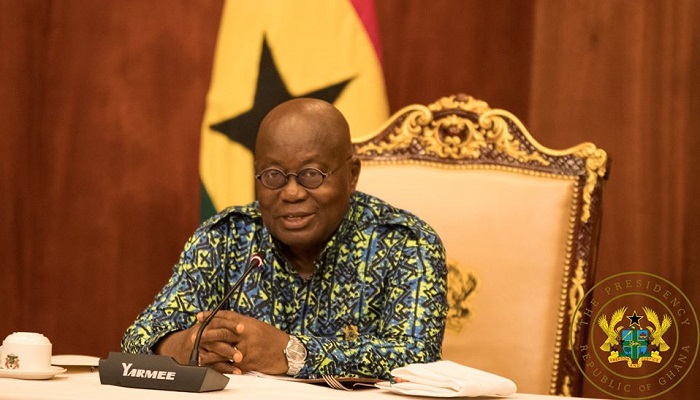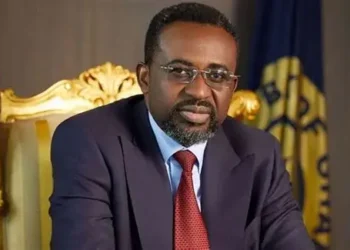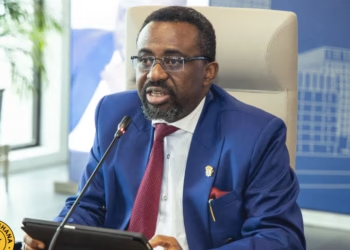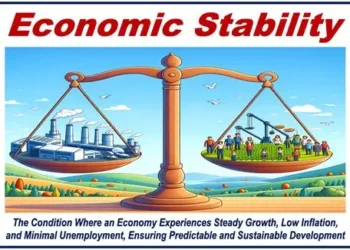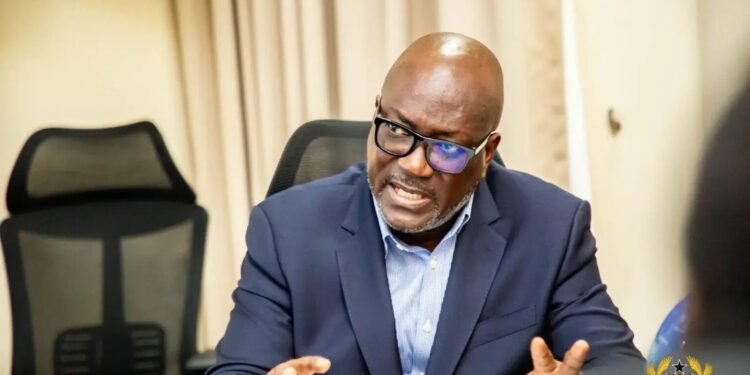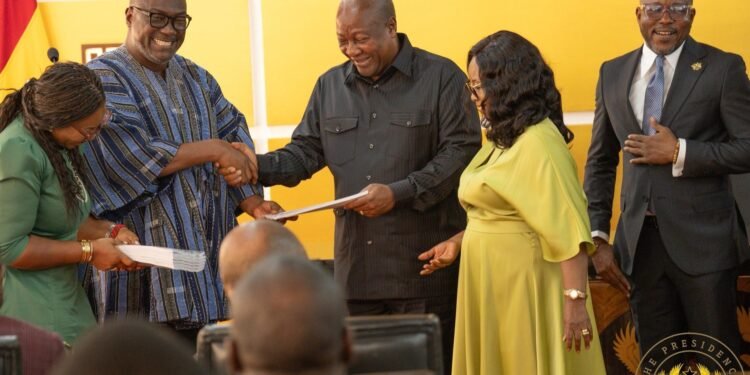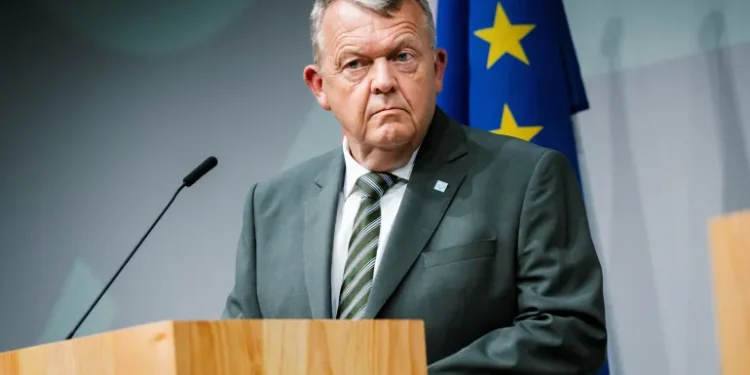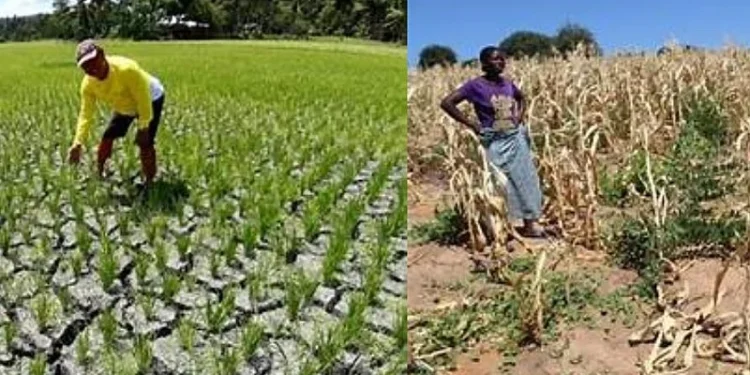The Government of Ghana will have to cover a financing gap of US$431.6 billion for the decade ahead (2021-2030) in order to meet the Sustainable Development Goals (SDGs), according to a report by the World Economic Forum.
For 2021 alone, the financing gap is estimated at around US$43 billion. This notwithstanding, the ten-year period accumulates a total SDG cost of US$ 522.3 billion, averaging around US$52.2 billion per year.
In 2019, the government budgeted US$9.3 billion for the SDGs, representing around 92 percent of the total funding for the SDGs in Ghana for the year. However, with the COVID-19 pandemic reversing the hard-won gains realized in previous years, this has therefore increased the need for more financial commitments.
Considerably, this indicates a more than 112 percent increment compared with the 2019 budget allocation for the SDGs. In spite of this, some months have already been lost, with just six months left to the end of 2021.
Quite obviously, the government would not be able to raise the needed funds to achieve the target in the next decade unless a new path to financing the SDGs is explored. Given the SDG financing landscape, the government represents by far the largest financier, albeit, with current fiscal pressures, the government cannot meet this gap alone.
The report recommends that domestic resources and other grants such as the ODA must be mobilized substantially through innovative financing ways.
“Domestic resources and Official Development Assistance (ODA) would need to be leveraged three times through de-risking actions and innovative financing mechanisms to crowd in private capital to bridge the SDG financing gap.”
Aims of the Country Financing Roadmap
The Government of Ghana, in partnership with the World Economic Forum’s Sustainable Development Investment Partnership (SDIP), initiated the Country Financing Roadmap for the SDGs (CFR). This is a country-led initiative to formulate an action plan to unlock greater financing towards achieving the Sustainable Development Goals (SDGs) through public-private collaboration.
The CFR’s purpose is to serve as an impartial platform, raising awareness of the conditions needed to unlock greater sustainable financing.
Also, it is to stimulate dialogue on regional and thematic financing agendas for greater impact. The CFR helps to reduce inefficiencies for a more supportive ecosystem in order to mobilize financing towards meeting national sustainable development priorities.
Moreover, it is to help fuel or inspire concrete action and bring forward new sources of capital to the sustainable financing agenda.
While these key aims for the CFR are more specific, the CFR is very flexible and adaptable. It is developed to prioritize country needs and leadership towards promoting private-sector perspectives in shaping financing discussions and solutions for national development.
The CFR also generates a multiplier effect across existing initiatives under a common agenda. It fosters synergies across different sectors and types of stakeholders (public, private, domestic and foreign). And also creates opportunities for replication across other countries, regions and markets.
“The government cannot do it alone. We are thus committed to deepening our engagement with all of the key stakeholders to actualize the solutions proposed in this report,” H.E. Nana Akuffo Addo noted.
The President indicated that his outfit in consultation with the Ministry of Finance and the SDG Advisory Unit at the office of the presidency, with the support of all partners will work to implement the CFR’s action in order to meet the target.
READ ALSO: Ghana’s Urban Residents have poor access to jobs, healthcare services- Report

